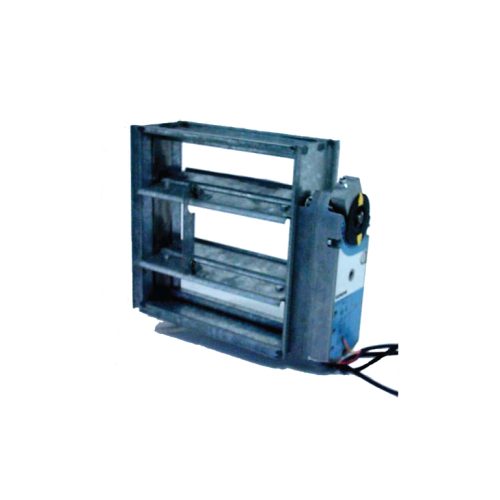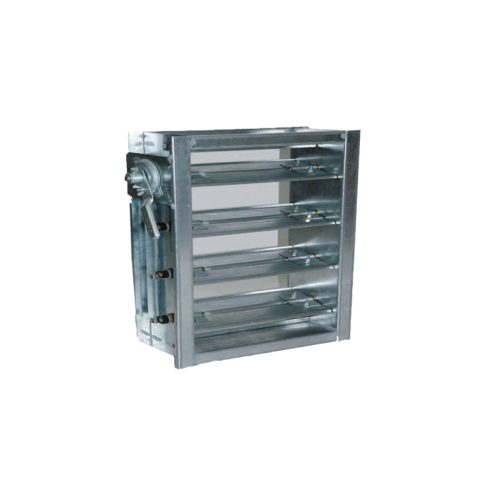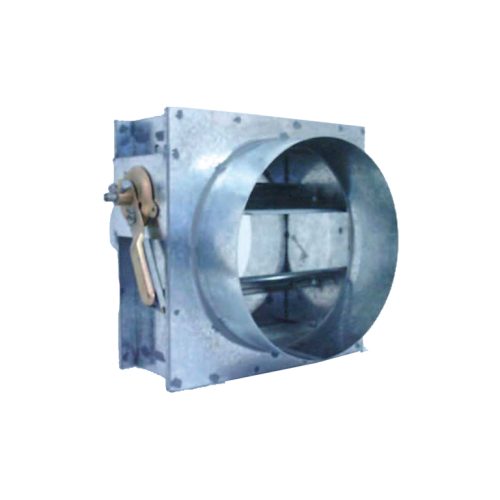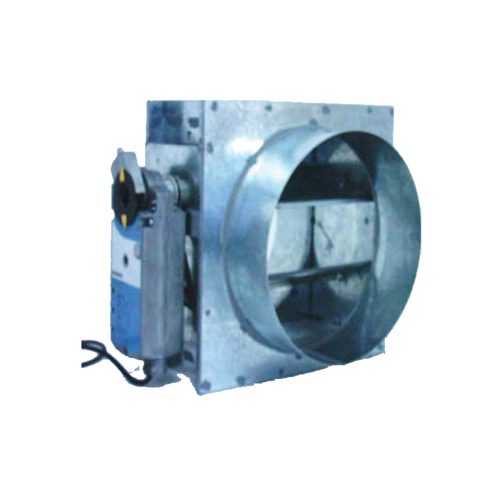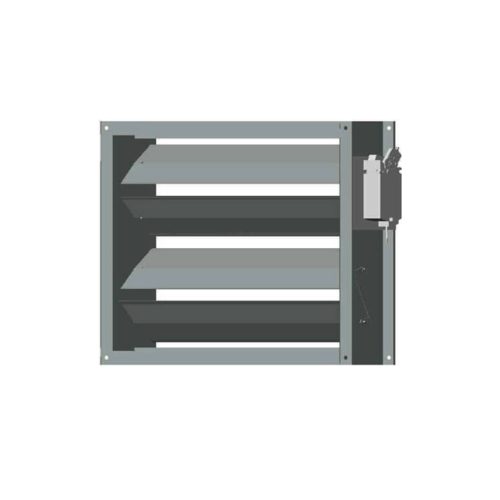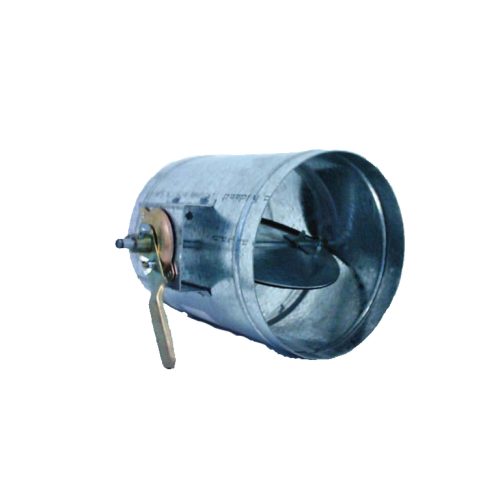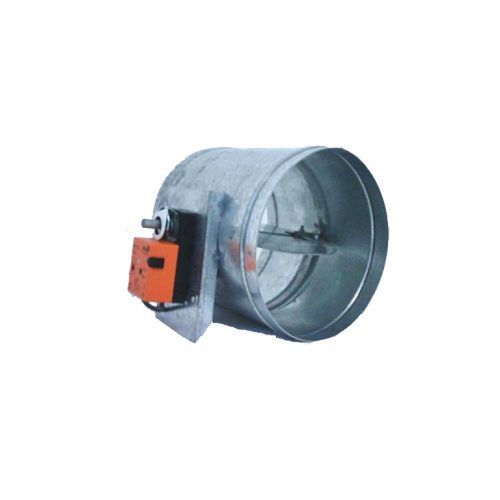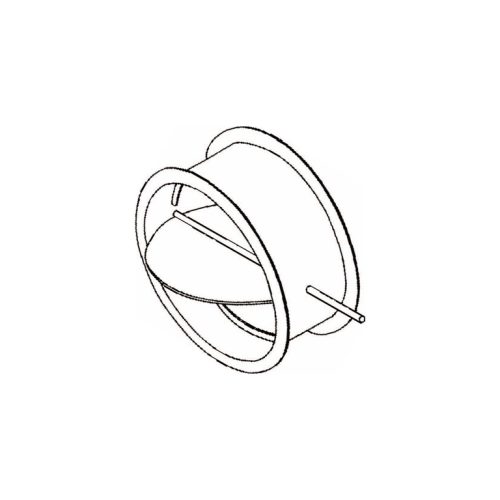Volume Dampers
Volume dampers are essential components in heating, ventilation, and air conditioning (HVAC) systems that regulate airflow in ductwork. They are designed to adjust or restrict the airflow through ducts to maintain proper air balance within a building. Here are some key details about volume dampers:
Function: Volume dampers control the volume or flow of air passing through a duct by adjusting the opening or closing of a blade or damper. This control helps in balancing the airflow distribution throughout a building or HVAC system.
Types:
- Manual Volume Dampers: Operated manually by hand or using tools to adjust the blade position.
- Motorized Volume Dampers: Controlled electronically or remotely, allowing automated adjustments through a control system or thermostat.
Construction:
- Material: They are typically made from galvanized steel, aluminum, or stainless steel to resist corrosion and maintain durability.
- Blades: These dampers consist of blades or vanes that can be flat or curved, allowing for airflow adjustment by changing their angle or position.
Sizes and Shapes:
- Volume dampers come in various sizes and shapes to fit different ductwork configurations, ranging from circular to rectangular or square.
Applications:
- HVAC Systems: Installed within ductwork in residential, commercial, and industrial HVAC systems to regulate airflow to specific zones or rooms.
- Ductwork Balancing: Used during installation or maintenance to balance airflow across various zones for optimal system performance and comfort.
Installation:
- Volume dampers are installed within ducts at strategic points, typically near branch connections or in straight sections of the ductwork.
- Proper installation involves securing the damper securely within the duct and ensuring it operates smoothly without air leakage when closed.
Maintenance:
- Regular inspection and cleaning are essential to ensure volume dampers function correctly and to prevent blockages or buildup of debris that could hinder their operation.
Regulations:
- Compliance with building codes and standards is crucial when installing volume dampers to ensure proper ventilation and safety within a building.
Importance:
- Volume dampers play a vital role in HVAC systems by allowing precise control over airflow, optimizing energy efficiency, maintaining indoor air quality, and enabling zoning capabilities for temperature control in different areas.
Volume dampers are integral components in HVAC systems, allowing for precise control of airflow, temperature, and comfort within buildings while contributing to energy efficiency and proper ventilation.

